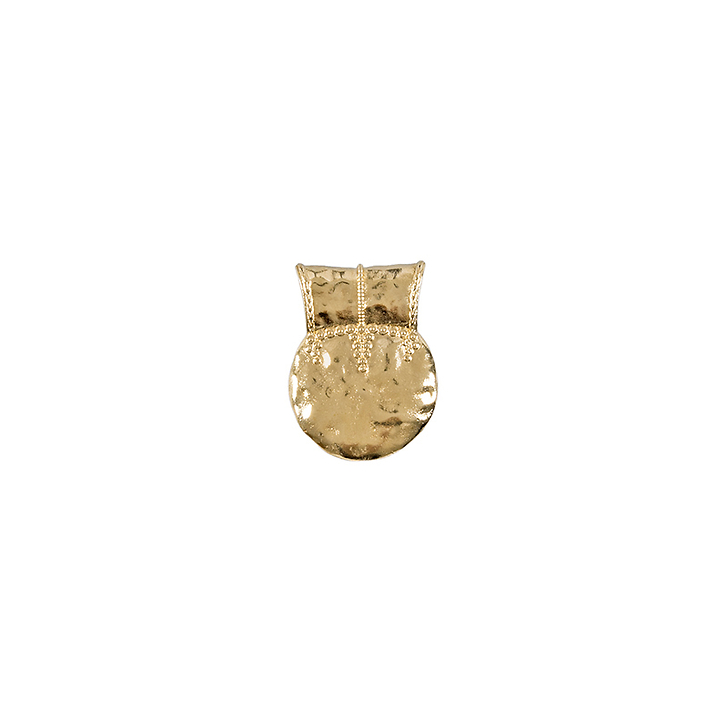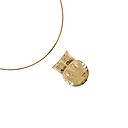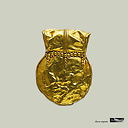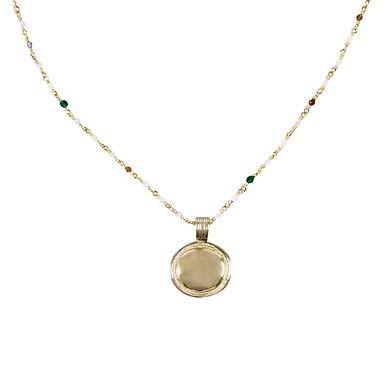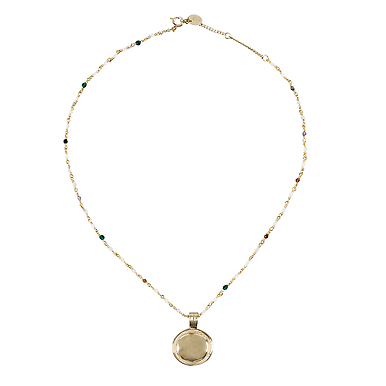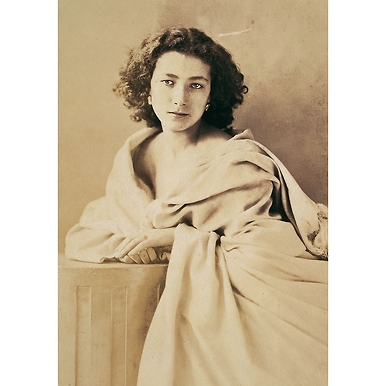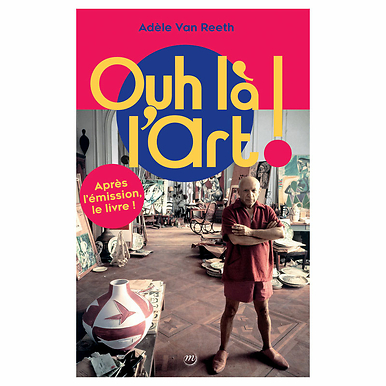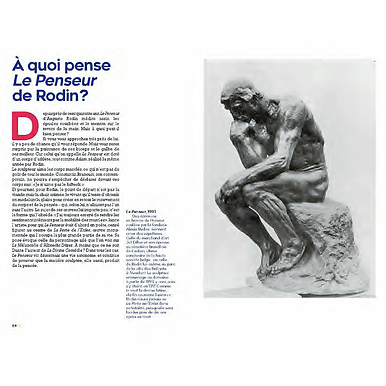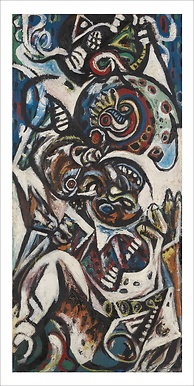Pendant Bulla
BP400116
This jewel in golden brass bronze is inspired by a jewel of the ancient Greece, Hellenistic period (323 - 31 BC), whose original in gold is kept in the Musée du Louvre.
The bulla is composed of metal pieces containing amulets that are intended to protect the wearer. In the Roman world, this protective...
Read more
This jewel in golden brass bronze is inspired by a jewel of the ancient Greece, Hellenistic period (323 - 31 BC), whose original in gold is kept in the Musée du Louvre.
The bulla is composed of metal pieces containing amulets that are intended to protect the wearer. In the Roman world, this protective jewel was worn by freeborn children up to the age of 14; it was given to children nine days after their birth, as part of the legitimation performed by the father. Once the child came of age, the bulla and the toga praetexta would be placed at the altar of the Lares -or household deities- in sign of gratitude for their protection.
This jewel thus served to identify the status of future Roman citizens at an age when clothing provided no indication of status.
The material used in the making of the bulla also revealed the financial status of the wearer's family (the most valuable being gold; leather for poorer families).
The bulla, which may be of Greek or, more likely, Etruscan origin, could also be in the shape of a simple bow.
Keep the jewellery away from dust and moisture. Avoid contact with perfume, chemicals and cosmetics; avoid getting the jewellery wet.
Close
Login to see prices
Sold by GrandPalaisRmn

